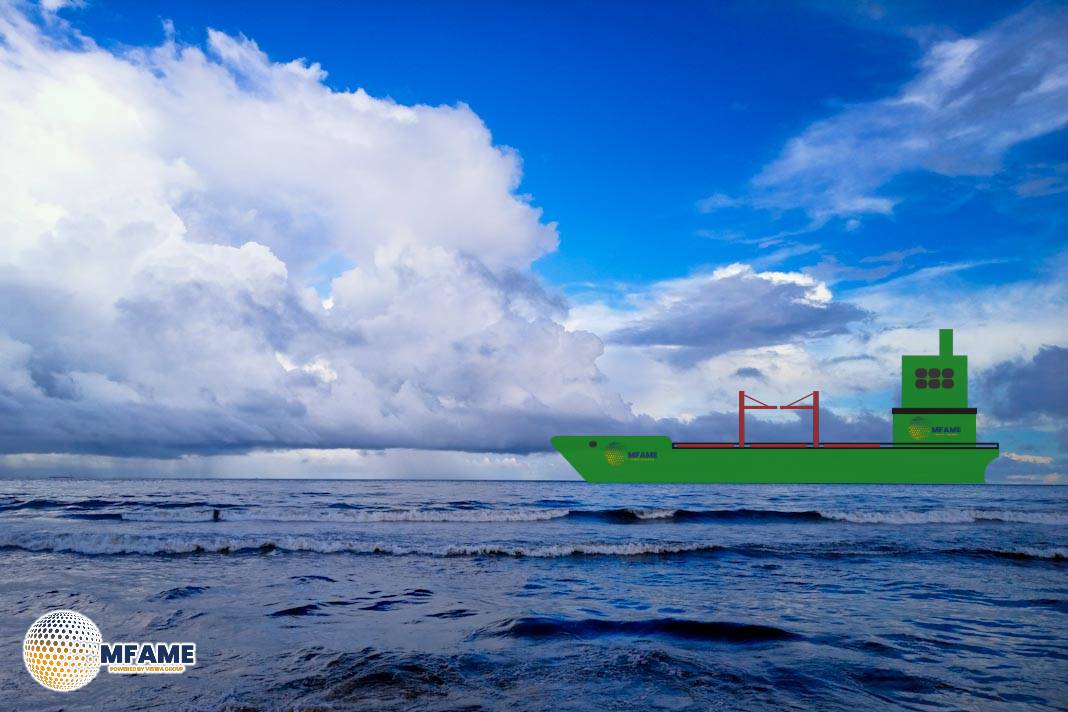A team of Australian maritime archaeologists has located the remains of the Dutch frigate Koning Willem de Tweede. The ship sank off the South Australian coast during a severe storm in 1857 and had been hidden beneath shifting sands near Robe for over 160 years, reports Marine Insight.
Brief Background
The Koning Willem de Tweede was a substantial 42-meter-long, 800-ton fully rigged ship constructed primarily of oak in South Holland in 1840. Originally christened Erfprinses van Oranje, it was later renamed to pay tribute to King William II of the Netherlands. Its design allowed it to transport both passengers and cargo.
In June 1857, the vessel embarked from Hong Kong with approximately 400 Chinese gold miners destined for the Victoria goldfields in Australia. Upon arrival in Robe, South Australia, the miners were disembarked. To avoid the significant taxes imposed by Victoria for direct ship arrivals, these miners were compelled to undertake a grueling 400-kilometer overland journey to reach the goldfields.
Following the disembarkation, the Koning Willem de Tweede anchored in Guichen Bay near Robe, awaiting the passing of severe weather. On June 30, 1857, a powerful storm descended upon the area. The force of the storm ripped off the ship’s anchor windlass, resulting in the loss of the anchor.
In a desperate attempt to save his vessel from sinking, the captain, Hindrik Remmelt Giezen, decided to deliberately ground the ship on a nearby sandbank. However, during this maneuver, the hull of the ship fractured into two, and it began to break apart under the relentless waves. Tragically, 16 of the 25 crew members perished when their lifeboat capsized in the turbulent surf. Captain Giezen survived the ordeal by clinging to a cask until he was eventually rescued. The bodies of the drowned crew were later laid to rest in the dunes near the shore.
Collaborative Initiative
In 2022, a collaborative initiative known as the Koning Willem de Tweede Shipwreck Project was launched, involving the Australian National Maritime Museum, the Silentworld Foundation, South Australia’s Department for Environment and Water, and Flinders University.
The project team employed magnetometers to survey the seabed, detecting a significant magnetic signature consistent with a vessel approximately 140 feet in length, matching the dimensions of the Koning Willem de Tweede.
Initial diving expeditions in 2023 were hindered by adverse weather conditions and poor underwater visibility. However, in March 2025, a period of calm weather finally provided divers with clear views of the seabed.
James Hunter, the lead researcher, reported the discovery of the ship’s iron windlass standing upright in the sand, along with remarkably well-preserved wooden planks. He recounted nearly colliding with the windlass due to the extremely low visibility during an earlier dive.
Further corroborating the wreck’s identity, researchers had previously discovered fragments of 19th-century Chinese ceramics on a nearby beach in March 2023. Notably, no other large magnetic anomalies were detected in the vicinity, aligning with historical accounts of the shipwreck’s location.
The shipwreck site is situated roughly 1,300 feet offshore from Long Beach at Robe.
The Australian National Maritime Museum has stated that the wreck’s position and size closely correspond to the historical records of the Koning Willem de Tweede. While expressing confidence in their identification, James Hunter humorously mentioned that finding the ship’s bell with its name inscribed would provide definitive confirmation.
The shipwreck site has now been officially protected. Divers are permitted to visit the location but are advised to refrain from disturbing the wreck. Future expeditions are planned to monitor the condition of the ship and may involve attempts to locate more of the hull structure and recover any artifacts present
Did you subscribe to our Daily newsletter?
It’s Free! Click here to Subscribe!
Source: Marine Insight

















